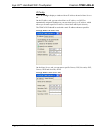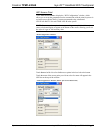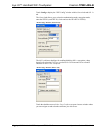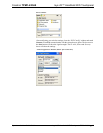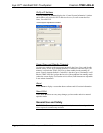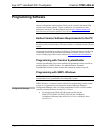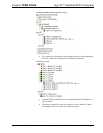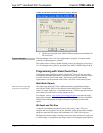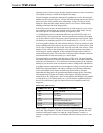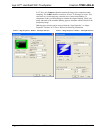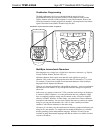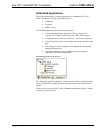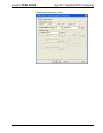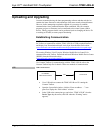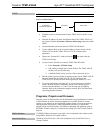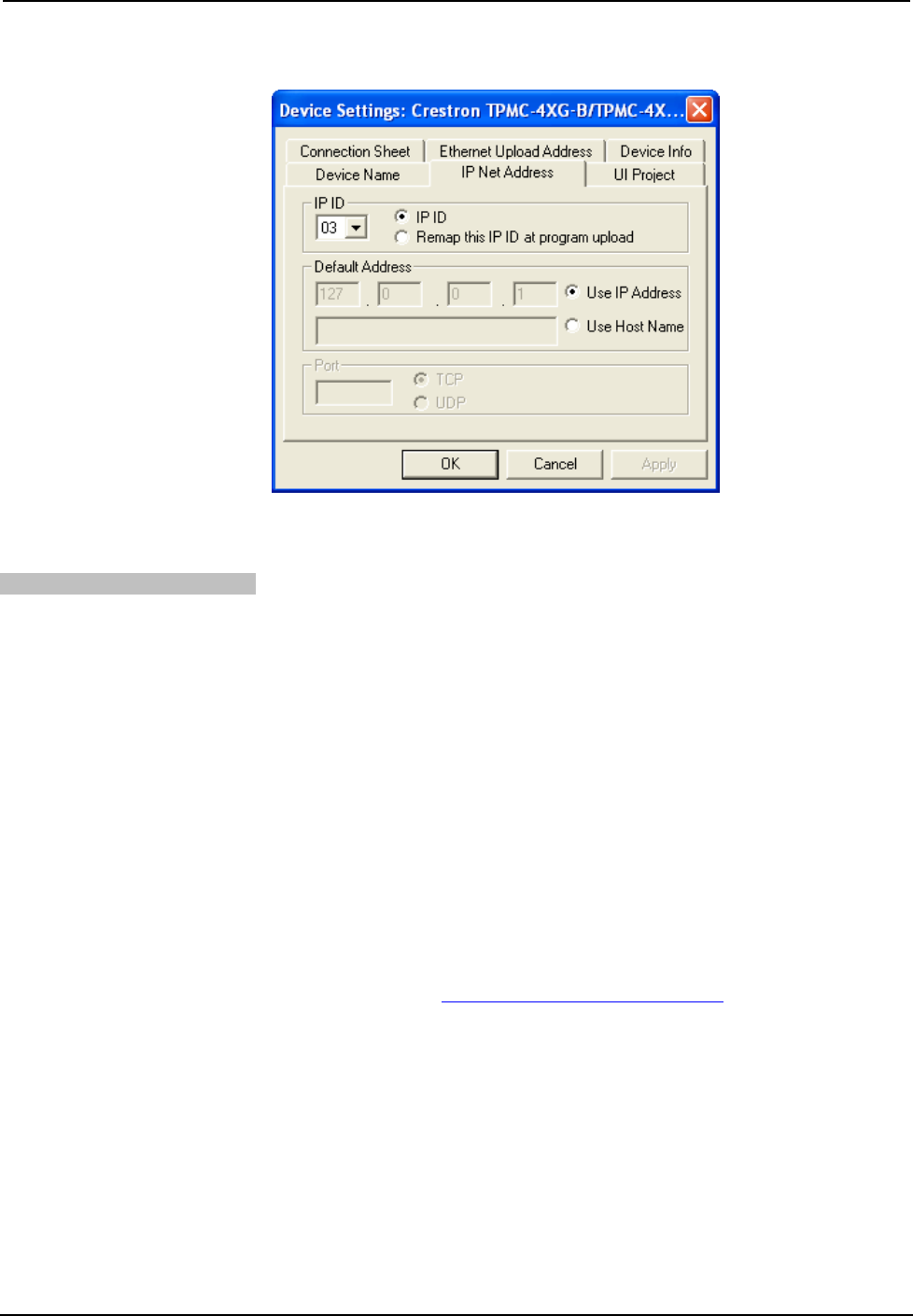
Isys i/O™ Handheld WiFi Touchpanel Crestron TPMC-4XG-B
“TPMC-4XG-B/TPMC-4X/TPMC-4XG Device Settings” Window
• The ID code specified in the SIMPL Windows program must match the IP
ID of each unit.
Program Manager
Program Manager is the view where programmers “program” a Crestron control
system by assigning signals to symbols.
The symbol can be viewed by double clicking on the icon or dragging it into Detail
View. Each signal in the symbol is described in the SIMPL Windows help file (F1).
Programming with VisionTools Pro-e
Touchpanel screens should be created in VisionTools
®
Pro-e (VT Pro-e) to allow
accessing the embedded applications, switching of source signals to desired outputs
as well as selection of the system mode. There are no special programming
requirements to use the functions of the TPMC-4XG-B in a room control system.
Multi-Mode Objects
Multi-mode objects offer high-
p
erformance programming!
The single most advanced VT Pro-e high performance programming technique
involving the TPMC-4XG-B is the concept of multi-mode objects. A multi-mode
object (i.e. button, legend, etc.) is an object drawn on a VT Pro-e page that can have
one or more active and inactive visible settings (modes).
For examples, refer to www.crestron.com/exampleprograms
and search for multi-
mode object examples. This file contains the VT Pro-e touchpanel files and SIMPL
Windows files that illustrate the high-performance capabilities of multi-mode
objects.
Bit Depth and File Size
A balance of performance and quality can be achieved by using VT Pro-e to
configure the size of graphics in a project. Read this section to learn about bit depth
and how to maximize the quality and performance of a TPMC-4XG-B project.
Bit depth refers to the number of memory bits used to store color data for each pixel
in a raster image. A touchpanel raster image consists of a rectangular grid of picture
24 • Isys i/O™ Handheld WiFi Touchpanel: TPMC-4XG-B Operations Guide – DOC. 6749A



